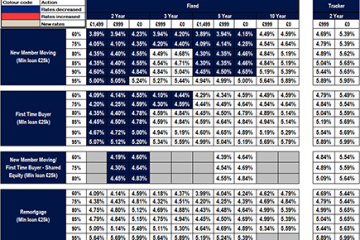Exploring the Importance of ‘Its’ in English Grammar

Introduction
The English language, rich in nuances, presents various challenges for both learners and seasoned writers. One such challenge is the correct usage of the word ‘its,’ which is often confused with ‘it’s.’ The implications of this mistake resonate beyond grammar; they affect clarity and professionalism in communication. Understanding the usage of ‘its’ is essential in conveying information accurately, particularly in formal writing and everyday conversation.
The Correct Usage of ‘Its’
‘Its’ is a possessive pronoun used to indicate ownership, similar to ‘his’ or ‘her.’ This form does not include an apostrophe, which often confuses writers who may mistakenly believe that adding an apostrophe is required for possession. For example, one might say, ‘The cat licked its paws,’ signifying that the paws belong to the cat. This proper understanding is critical in various contexts, from academic writing to professional documents where precision in language is key.
Common Confusions
One of the most common confusions arises between ‘its’ and ‘it’s.’ The latter is a contraction for ‘it is’ or ‘it has.’ For instance, ‘It’s going to rain today’ indicates a forecast, while ‘The dog wagged its tail’ shows possession. Misusing these terms can lead to misunderstandings and create a lack of professionalism in writing. It is particularly important for students and professionals alike to grasp this distinction, as errors can detract from the credibility of the text.
Recent Discussions in Linguistic Circles
Recent discussions among linguists and educators have focused on the rising number of grammatical errors that are becoming more common in digital communication. Social media and text messaging have increasingly blurred the lines of formal and informal language use. Educators emphasize the need to reinforce traditional grammar rules amid the prevalence of colloquialism and shorthand messages in online conversations. Many have proposed integrating grammar lessons on possessive pronouns early in language education to mitigate future confusion.
Conclusion
Understanding the distinction between ‘its’ and ‘it’s’ is more than just an academic exercise—it is essential for effective communication. As we continue to navigate a rapidly evolving linguistic landscape, clarity in our writing will remain a cornerstone of shared understanding. Emphasising grammatical accuracy not only enhances personal credibility but also enriches the broader discourse community. As global communication expands, maintaining a focus on precision in language will be paramount in fostering clear and effective interactions.








